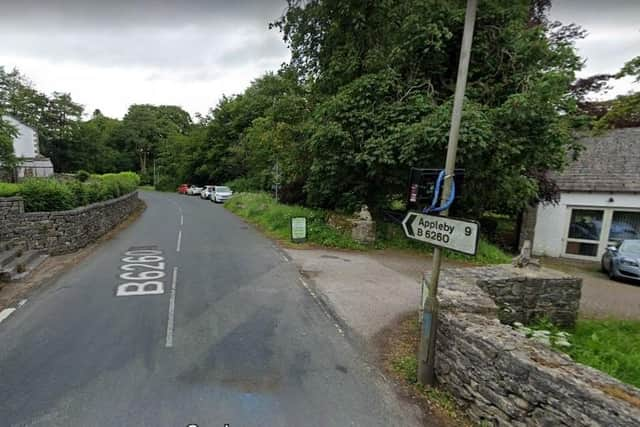Yorkshire Dales quarry 'could remain for 20 more years' as its marble is used in local gravestone production
In documents submitted to the park’s planning authority, Lowther Estate and Cumbria Quarrying Services said “unique” limestone from Pickering Quarry, in the park’s north-west, near Orton, has been used for prestigious building projects for many years.
The stone has been used by the Commonwealth War Graves Commission for memorials, such as for the Falklands War, and is sometimes referred to as Orton Marble.
Advertisement
Hide AdAdvertisement
Hide AdThe firms have highlighted how in 2019 The Diocese of Carlisle changed its rules on the stone allowed to be used for memorials, construction and renovation work on churches.


The planning application states the Church of England body stipulated the stone must be quarried in the UK and if possible to come from a quarry local to that church”, while planning authorities also specified stone from local sources to maintain the character and street scene of the Dales.
The proposal is being examined just weeks after a strong majority of the park authority’s planning committee agreed it would be in the public interest to allow Tarmac to extend quarrying operations at Dry Rigg Quarry, 40 miles south, near Horton on Ribblesdale.
The decision was made in the face of opposition from numerous residents over dust pollution and landscape damage.
Advertisement
Hide AdAdvertisement
Hide AdNational planning policy states permission should be refused for major development in national parks, other than in exceptional circumstances, and where it can be demonstrated that the development is in the public interest.
However, while the park authority aims to spearhead the country’s carbon cutting regime, its environmental stance has recently been publicly questioned by members opposing quarrying at Dry Rigg.
It has been estimate carbon emissions attributable to the mining and quarrying industry in the UK amounted to nearly 17 million metric tons in 2020.
Nevertheless, in planning papers the firm states the quarry provides stone that would assist developers in the national park to meet the requirements of its main purpose as the stone will “conserve architectural and historical character in the Dales and will allow developers to meet policies”.
Advertisement
Hide AdAdvertisement
Hide AdDescendants of Victorian stonemason Robert Hogarth Parkin have quarried stone from the quarry since it was launched in 1851.
Consent to continue quarrying at the Orton site until this year previously was granted in 2001, years before the area became part of the national park in 2016.
Before the 2001 consent, Natural England requested a detailed restoration and aftercare scheme “to secure the progressive restoration of the site tonature conservation”.
No objections or letters of support over the application from residents have been lodged and the last time extending the operation was considered it attracted no opposition from the parish and district councils responsible for the area.
